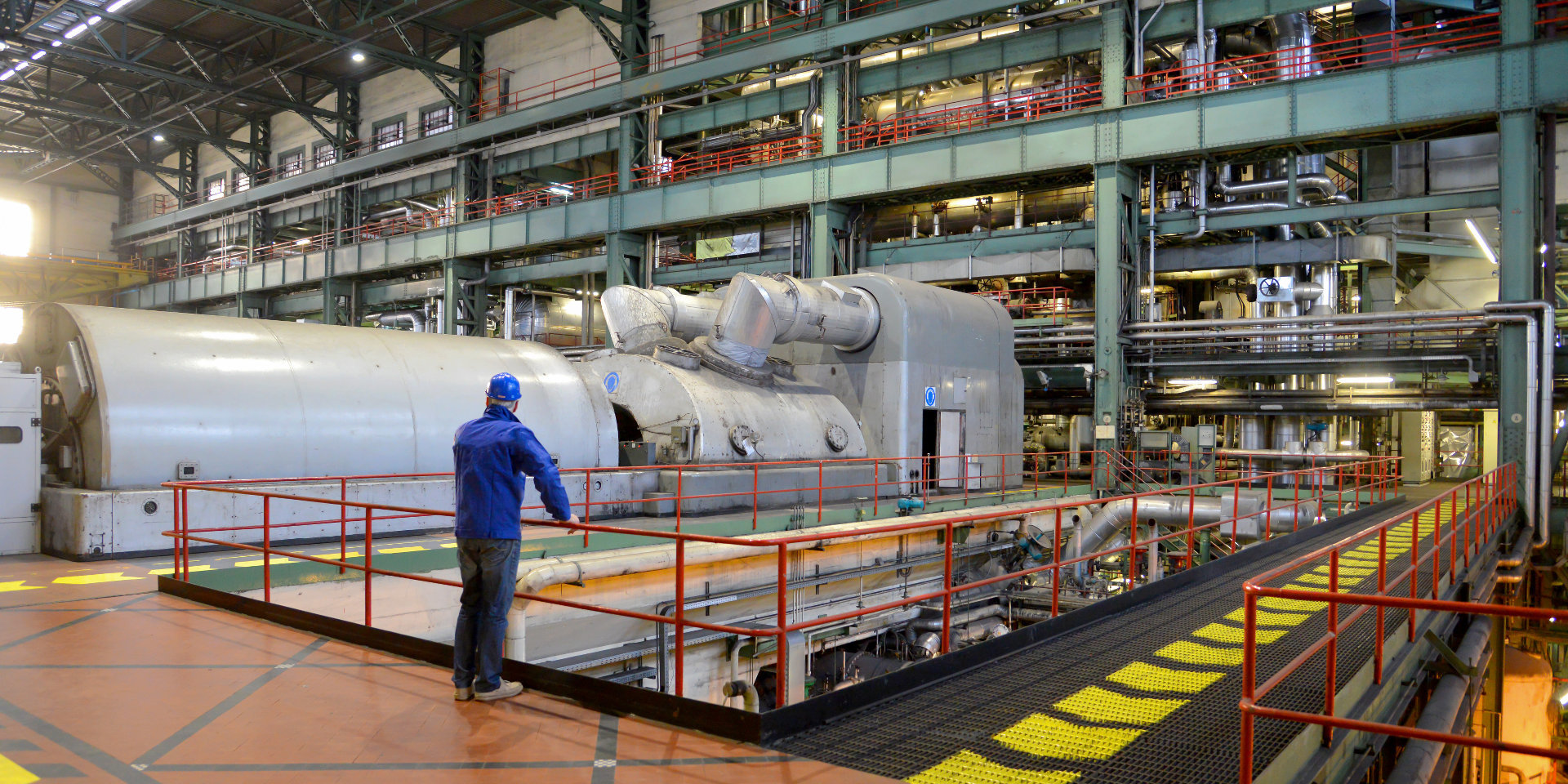New challenges: Standards, needs and expectations trouble Industry 4.0


Today we continue our series on the topic of Industry 4.0 with another entry on the topic of challenges facing the transforming industry. If you haven’t read the previous posts in the series, you can first catch up on the general introduction of Industry 4.0, the factors influencing the emergence of Industry 4.0, what customers will expect from Industry 4.0 solutions, how 3D-printing is changing manufacturing, and the first post regarding challenges facing Industry 4.0.
A major hurdle facing digitized manufacturing is standardization. Standards are essential to ensure the exchange of data between machines, systems and software within a networked value chain as a product moves through an interconnected, intelligent factory towards completion. They would also be important for ensuring that robots can be integrated into the manufacturing process through simple plug-and-play. If data and communication protocols are proprietary or only recognized nationally, however, only the equipment of some companies will be compatible; competition and trade can be expected to suffer and costs rise. On the other hand, independent, commonly agreed, international standard communication protocols, data formats and interfaces can ensure interoperability across different sectors and different countries. We can thus encourage the wide adoption of Industry 4.0 technologies, and ensure open markets worldwide for European manufacturers and products. The need to anticipate standard requirements and accelerate their development was emphasized in a study by the Joint Research Centre.
The employee pool and the employment market also struggle to adapt to the changing demand of manufacturing. The skills needed in manufacturing have been moving away from largely manual labor to more skill-intensive programming and control of complex machines. Employees with lower qualifications are thus at high risk for becoming replaceable unless they can be and are retrained. Workers able to make the transition to Industry 4.0 may find themselves engaged in more interesting or less arduous work, however. Employers need personnel with creativity and decision-making skills as well as technical and ICT expertise. According to the European Commission, by 2020, labor markets in the EU could be short over 800 000 information and communication technology professionals; this shortage may be even more pronounced in advanced manufacturing settings where data analysts and cybersecurity experts are required. Some of this need can be met by outsourcing such tasks to external providers, who can concentrate the required expertise, and provide services to more than one customer. But even so, more young people need to get into educations and careers in the ICT, if the need is to be adequately met. However, surveys show that despite being aware of their marketability, few young people want to pursue such careers: in one survey only 13% of young adults in Germany would definitely consider a career in ICT despite the majority view that the sector offered the best job prospects.
And lastly, the new industrial revolution faces the danger of perceived (or true) overhyping, and also of lack of understanding. The Gartner Group's hype cycle for emerging technologies for 2014 places many of the technologies associated with Industry 4.0 (including machine-to-machine communications, big data, the Internet of Things and smart robots) near the 'peak of inflated expectations', still five to ten years from the point where the payoff for applying these in the broad market is evident. Same report for 2015 placed analytics at the peak of inflated expectations, and asserted that mobility, digital business, IoT and smart machines are all approaching the peak of inflated expectations, while big data has become mainstream and shown itself somewhat lesser than the hype, thus causing disillusionment. Simply put, while all those technologies will transform business in measurable, and even profound ways, in the end the reality rarely measures up to the hyped-up expectations. Overhyping Industry 4.0 might cause a lot of disenchantment and real losses later on – like in the Dot-com Bubble, the most famous example of overhyping and inflated expectations. Businesses should set realistic goals for their Industry 4.0 transformation, in order to avoid being disenchanted, and to avoid missing the real benefits they could reap, out of disappointment for not getting the impossible hype.
The lack of understanding, on the other hand, is simply a problem of the concepts being too vaguely defined, and in parts too overarching, to be meaningful. The same 2015 Gartner report stated that “IoT is a large area that needs segmentation to be meaningful,” yet IoT is just one aspect of the whole Industry 4.0 trend. As such, the concept of what is Industry 4.0 is hard to define, to grasp, and to not sound like just another buzzword.
In the next post we will discuss how algorithmica technologies and our solutions fit into the Industry 4.0 landscape before finally concluding our exploration of Industry 4.0.